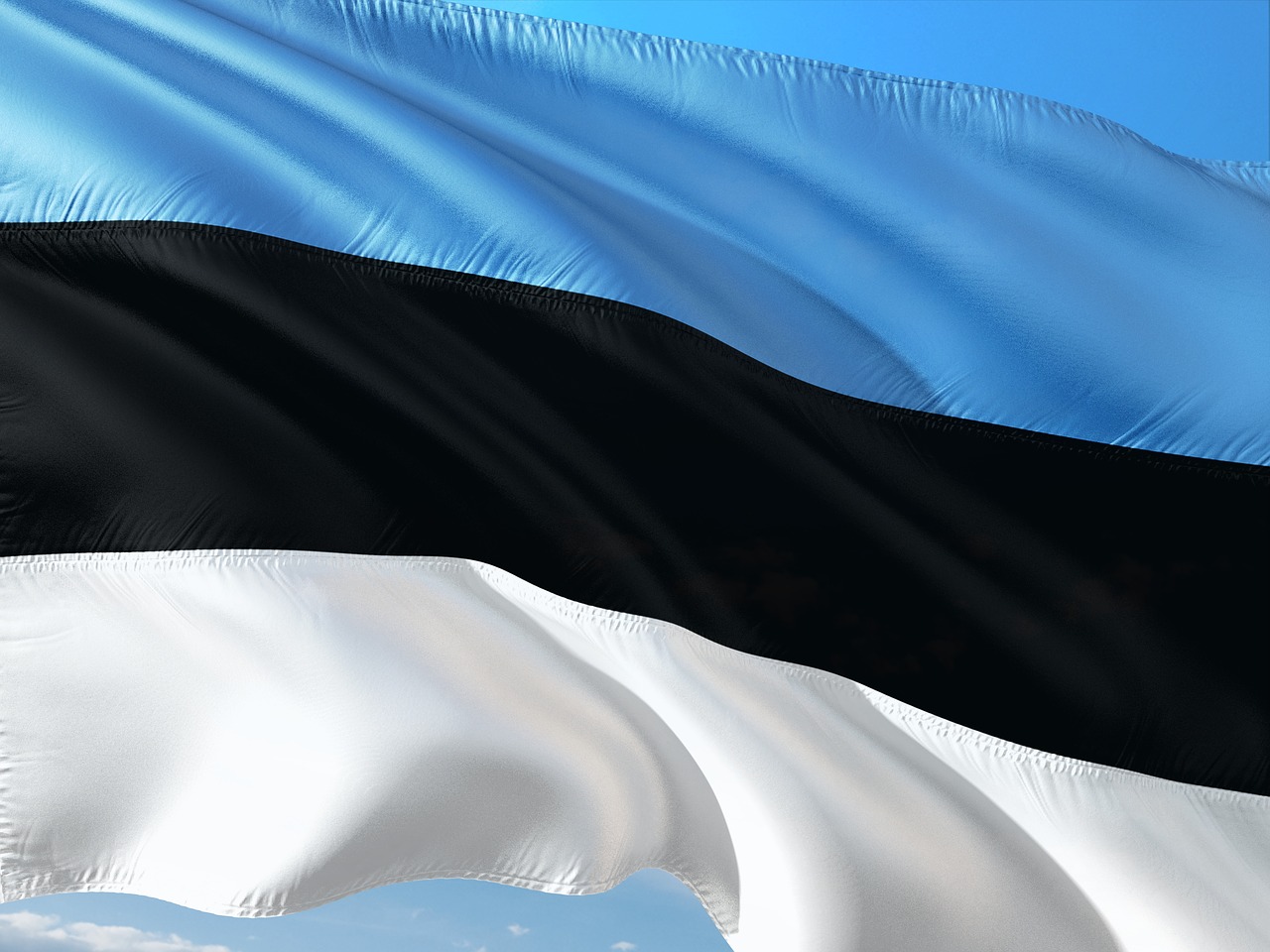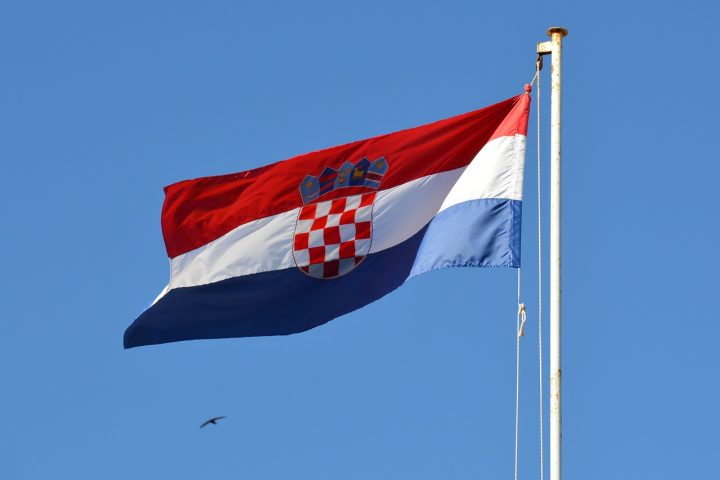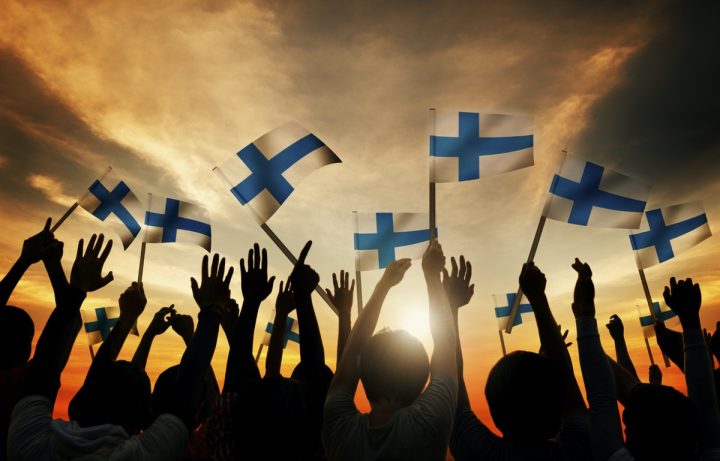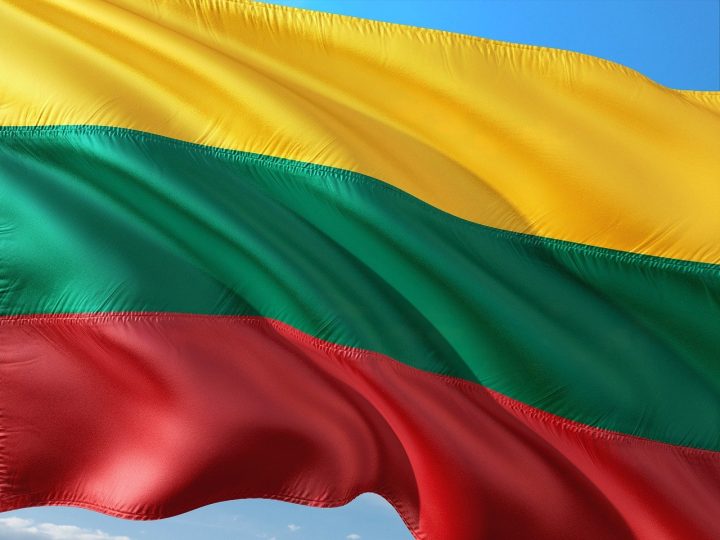European e-commerce overview: Estonia
Written by
Kinga EdwardsPublished on
Explore Estonia’s e-commerce overview! Get the latest insights, trends, and statistics that highlight the growth of online shopping in this dynamic market.

Estonia is a Northern European country with access to the Baltic Sea. It borders Russia, Latvia, and Finland through Finnish Bay. The country is also a member of NATO and the European Union.
According to the International Monetary Fund (IMF), Estonia’s GDP will reach approximately $45.31 billion in nominal terms in 2025. For e-commerce, this signals a market with increasing purchasing power and a digitally engaged population.
Estonia’s strong digital infrastructure, widespread internet access, and supportive regulatory environment create an ideal landscape for online businesses. With a rising economy and a government that actively promotes innovation, Estonia is well-positioned to attract both local and international e-commerce players looking to expand in the Baltic region.
And today, in this article, you will find some clues about Estonian e-commerce. Let’s start with a quick overview.
Estonian e-commerce overview
Estonia, a digital pioneer in Europe, has seen its e-commerce sector flourish over the past decade. It is the 95th largest e-commerce market in the world, right ahead of Qatar. With a population of approximately 1.35 million as of January 2025, the nation’s robust digital infrastructure and tech-savvy populace have been pivotal in this growth.
According to ECDB, in 2025, the e-commerce market in Estonia should reach around $429.4 million in revenue. Yet, according to Mordor Intelligence, Estonia’s e-commerce market size in 2025 will reach $0.84 billion, with projections indicating a compound annual growth rate (CAGR) of 9.37% leading up to $1.32 billion in 2030.
Several factors contribute to this upward trajectory. First, internet access is practically universal – with a 93.2% penetration rate and 1.26 million users online in early 2025, almost everyone is connected. That’s a solid foundation for digital shopping. But Estonia doesn’t stop there. The country’s e-residency program and digital identity system make online transactions smoother than ever. Whether you’re a local shopper or an international entrepreneur, these digital tools remove friction and open up massive opportunities for both domestic and global e-commerce.
When it comes to e-commerce buying categories, the landscape is diverse. The Hobby & Leisure segment leads, accounting for 26.8% of the market. It’s followed by:
- Electronics at 20.2%
- Fashion at 16.3%
- Furniture & Homeware at 11.8%
- Care Products at 9.5%
- DIY at 9.0%
- and Grocery at 6.5%
Estonians aren’t just buying one type of product online – they’re shopping across categories, which tells us something important. People are comfortable with e-commerce. It’s not just about tech gadgets or fashion: online shopping is just becoming second nature.
And what about local businesses? Well, big names like Euronics and Selver have jumped on the e-commerce wave, holding their ground against international giants. They’re proving that with the right digital strategy, local retailers can thrive in this space.
So yes, the Estonian e-commerce market is only getting bigger. By 2029, we’re looking at a potential $534.7 million industry. And what’s also fueling this growth? More people are shopping on their phones, and digital payment solutions are getting faster and easier. Sounds great, right? Of course, but pay attention – cybersecurity and data privacy are big concerns. If you want to keep up, earn customers’ trust.
Because let’s be honest – no one wants to shop somewhere that doesn’t feel secure.
Consumer behavior in Estonian e-commerce
In this way, we are going to another section: customer behavior.
Estonia is an example of a country that has come a long way in terms of the economy. We can say the same in terms of consumer behavior. They are price sensitive society, but this sensitivity decreases over the years, and with more income, they spend more. Like most European markets, Estonia is also aging. Despite this, there is a clear interest in e-commerce and social media.
Interestingly, age plays a significant role in their shopping habits. In 2023, among those aged 65 to 74, 40.29% made 3-5 online purchases in a three-month span. On the other hand, 31.5% of those aged 25 – 34 made over 10 online purchases in the same period. Thus, the numbers suggest that younger Estonians are more inclined towards frequent online shopping.
Gender dynamics are also at play. Women in Estonia tend to shop online more frequently than men. While specific percentages vary, this pattern aligns with global observations where women often lead in online retail engagement.
Delivery preferences? Estonians have a clear favorite: parcel lockers. A staggering 80% of online purchases are directed to automated pick-up lockers scattered across the country. This method offers convenience and flexibility, allowing shoppers to collect packages at their leisure.
Cross-border shopping is another notable e-commerce trend. Approximately 79% of regular e-shoppers have ventured beyond domestic platforms, purchasing from foreign websites. This behavior indicates a desire for diverse products and competitive pricing.
In essence, Estonian online shoppers are about convenience, choice, and what their peers think. They want things fast, they want options, and they’re definitely checking out reviews before hitting that “buy” button. For businesses, this means one thing: if they’re selling online in Estonia, you need to make things easy, offer variety, and build trust.
Estonian e-commerce: top used payment methods
Card payments & bank transfers: Visa and Mastercard are the big players here. In 2023, about 70% of people preferred using these cards for online shopping. Bank transfers were also popular, with over half of the shoppers opting for them. And let’s not forget local bank cards, which many still use.
Digital wallets: Estonians are embracing digital wallets and e-money. With the country’s tech-savvy vibe, these methods are gaining traction. They’re super convenient, letting users make quick payments without pulling out a card.
Cryptocurrency: Now, here’s something cool. The Baltic region, including Estonia, is warming up to cryptocurrencies. In 2025, the crypto market here is expected to rake in about $7.4 million, with around 281,280 users. While still a niche market, crypto’s popularity is on the rise.
Note that:
- Estonia is leading the charge in digital payments. In 2024, a whopping 57% of payments were digital, while cash transactions stood at 39%. This trend shows a clear shift towards cashless methods.
- Big changes are coming for e-invoicing! Starting July 1, 2025, Estonia is updating its e-invoicing system. Buyers can choose how they want to receive invoices – be it in traditional paper formats or e-invoices. This flexibility is set to streamline transactions even further.
- According to the Gemius E-commerce study, 36% of respondents say they don’t trust online payment options – double the percentage from 2023. This growing skepticism suggests that businesses need to prioritize secure payment solutions and transparent transaction processes to build consumer confidence. Despite these concerns, e-commerce adoption continues to rise, with 86% of respondents making at least one online purchase in the last six months.
Social media in Estonia
It’s fascinating to see how social media shapes up in such a tech-savvy nation. As of January 2025, Estonia boasts approximately 989,000 active social media user identities, representing 73.1% of its total population. 52% of social media users are female, and 48% are male.
This substantial engagement underscores the pivotal role social platforms play in the daily lives of Estonians.
The top social media platforms in Estonia are:
- Facebook: Leading the pack, Facebook has around 949,100 users in Estonia, accounting for 75.4% of the population. The majority, 56.3%, are women, with the largest user group aged between 25 to 34.
- Instagram: This visually-driven platform attracts about 527,600 Estonians, making up 41.9% of the population. Women dominate usage at 60.5%, with the 25 to 34 age bracket being the most active.
- Messenger: Serving as a primary communication tool, Messenger has approximately 712,700 users, equating to 56.7% of the population. Women represent 56.3% of this user base, with the 35 to 44 age group leading in numbers.
Estonia’s high internet penetration rate, standing at 93.2% with 1.26 million users in early 2025, provides a fertile ground for social media growth. Projections indicate that by 2027, over 82% of Estonians will be active on social networks, highlighting a steady upward trajectory in digital engagement.
Logistic in Estonia
Thanks to the continuous development of road and IT infrastructure, Estonia has become a very important point on Europe’s logistics map. And it’s strategically located. It connects the Scandinavian countries with the Baltic countries. This makes transport in this part of the European Union much easier.
Estonia is one of the most open economies, and due to its small size, logistics is not a big challenge here. The level of automation, which is very high in Estonia, also helps a lot. With well-developed ports, railways, and roads, moving goods around is a breeze.
In 2025, Estonia’s logistics market is projected to hit around $3.23 billion. But hold onto your hats because by 2030, we’re looking at about $4.53 billion. That’s a solid 7% annual growth rate.
In a nutshell, Estonia’s logistics sector is charging ahead, blending strategic location with cutting-edge tech. It’s a space worth watching as it continues to evolve and set benchmarks in the industry.
Estonian e-commerce has a lot to offer!
So, what’s the takeaway? The Estonian e-commerce scene is not only expanding but also transforming. More people are shopping online, mobile payments are booming, and businesses are getting smarter with logistics and digital tools. Sure, trust in online payments needs work, but that’s just a hurdle, not a roadblock.
With a strong digital infrastructure and a tech-savvy population, Estonia is set to keep pushing e-commerce forward. If you’re in the game, now’s the time to adapt, innovate, and meet customers where they are – because the future of online shopping here looks pretty exciting.
If you are also interested in other markets in this part of Europe, we recommend reading texts about Lithuania and Latvia.
***


